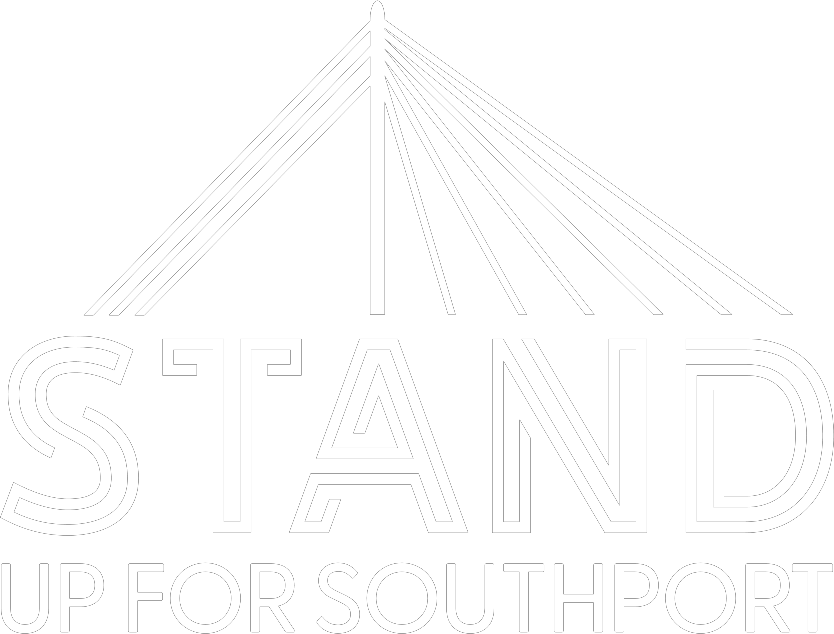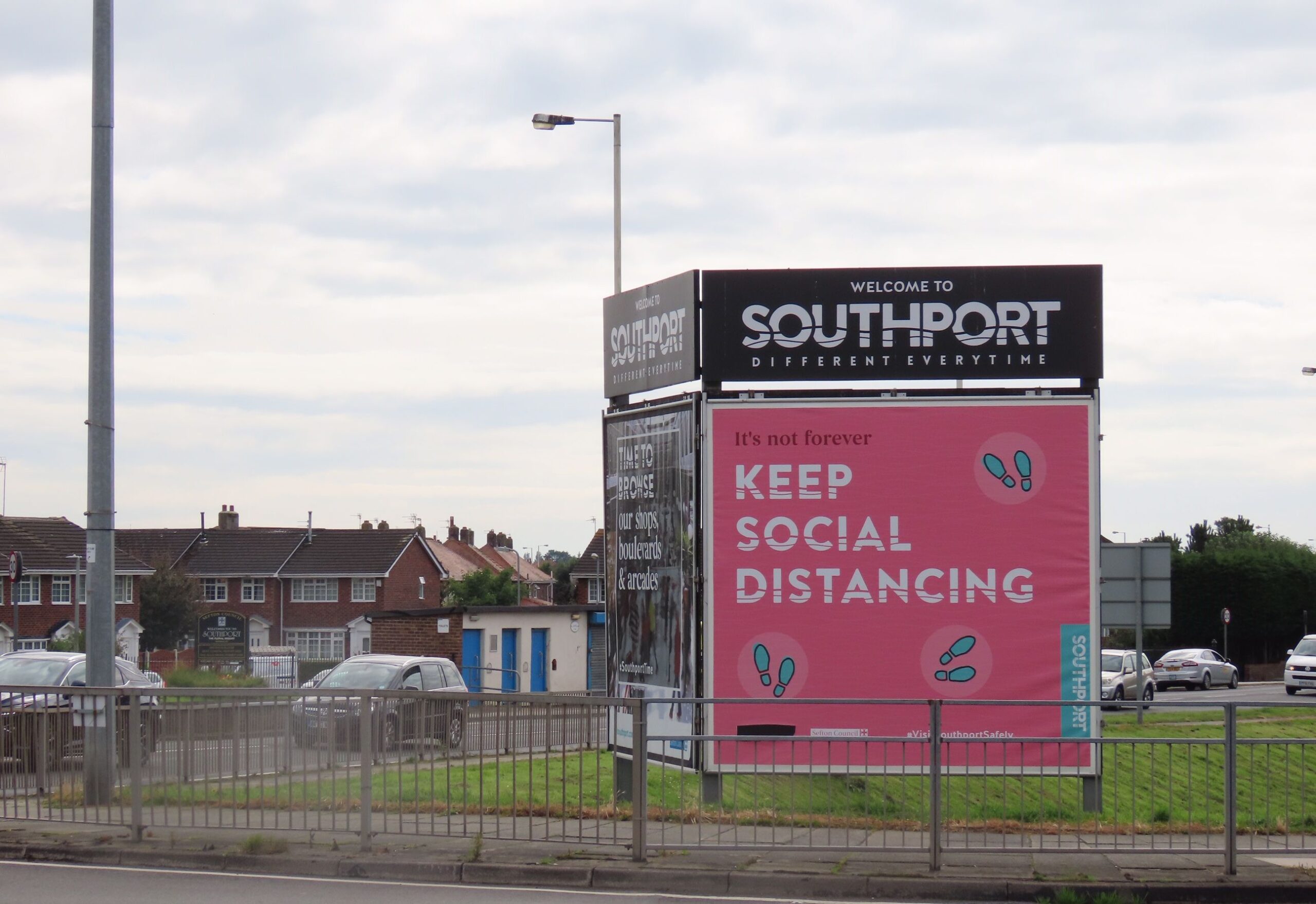Health & Social Care Secretary Matt Hancock has revealed the reasons behind moving Southport and the rest of the Liverpool City Region from Tier 2 into Tier 3 ‘Very High’ measures and Lancashire, including South Ribble and West Lancashire, into Tier 4 ‘Stay At Home’.
In the Liverpool City Region, the changes mean that restaurants, cafes, bars and hotels will now have to close, except for takeaway, collection and delivery services.
In Lancashire, including places such as Banks, Scarisbrick, Halsall, Hesketh Bank and Tarleton, people are being told they must not leave their home unless they have a reasonable excuse (for example, for work or education purposes). Non-essential shops, hospitality businesses and others have also been ordered to close.
Royal Blackburn and Royal Preston are operating in surge capacity while daily Covid hospital admission in Lancashire and South Cumbria are starting to rise back towards the wave 2 peak.
The regulations require the Government to review the allocations at least every 14 days.
Sefton saw Covid cases rise by 68.1% in the seven days to 27 December 2020, with cases rising across the Liverpool City Region – although all areas are currently below the national average.
The latest Coronavirus figures in the Merseyside area are:
Wirral – 270.1 per 100,000 (875 new cases, up 382, a 77.5% increase)
Halton – 248.8 per 100,000 (322 new cases, up 77, a 31.4% increase)
Knowsley – 236 per 100,000 (356 new cases, up 128, a 56.1% increase)
Sefton – 228.6 per 100,000 (632 new cases, up 256, a 68.1% increase)
Liverpool – 228.1 per 100,000 (1,136 new cases, up 272, a 31.5% increase)
St Helens – 206 per 100,000 (372 new cases, up 81, a 27.8% increase)
And on the edge of Southport:
West Lancashire – 252 per 100,000 (288 new cases, up 108, a 60% increase)
South Ribble – 172.4 per 100,000 (191 new cases, down 31, a 14.1% decrease)
Revealing their reasons for moving Sefton and the rest of the Liverpool City Region into Tier 3 measures, Health Secretary Matt Hancock said: “In the last week, the picture in Liverpool City Region has deteriorated with an increase in all epidemiological indicators across all six local authorities.
“The case rate in all ages is high across the area with the highest rates seen in Wirral (210 per 100,000 population).
“Cases rates increased by more than 50% in five of the six local authorities over the last 7 days, with the greatest increase seen in Wirral (91%). Case rates in people aged over 60 are equal to or greater than 150 per 100,000 in St. Helens, Halton and Liverpool.
“COVID admissions to hospital remain broadly flat over the past seven days in the local NHS (Cheshire and Merseyside). General and Acute bed occupancy remains high, but static.
“The rate of increase of the epidemiology indicators is concerning and warrants escalation to Tier 3.”
The picture in Lancashire is even more grim.
Revealing the reasons for moving Lancashire, Blackpool and Blackburn with Darwen into Tier 4 measures, Matt Hancock said: “In the last week, the picture has deteriorated. The case rates in all ages increased in 11 of the 14 local authorities.
“Burnley and Pendle have the highest case rates at 499 and 434 per 100,000.
“The case rates in people aged over 60 remain high with Blackburn with Darwen and Burnley having the highest rates at 374 and 338 per 100,000, respectively.
“The number of daily COVID hospital admissions in the local NHS (Lancashire and South Cumbria STP) has seen an increase over the past seven days and are starting to rise back towards wave 2 peak. General and acute bed occupancy remains high.
“Royal Blackburn and Royal Preston are operating in surge capacity.
“The rate of increase of the epidemiology indicators is concerning and warrants escalation to Tier 4.”
Do you have any stories for Stand Up For Southport? Please message Andrew Brown via Facebook here or email me at: mediaandrewbrown@gmail.com






